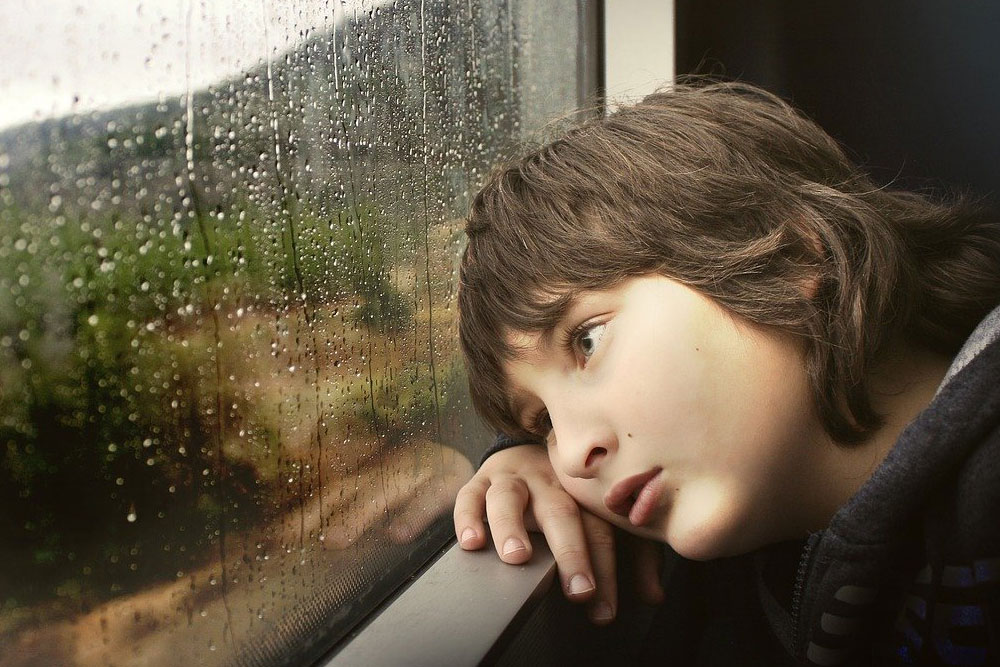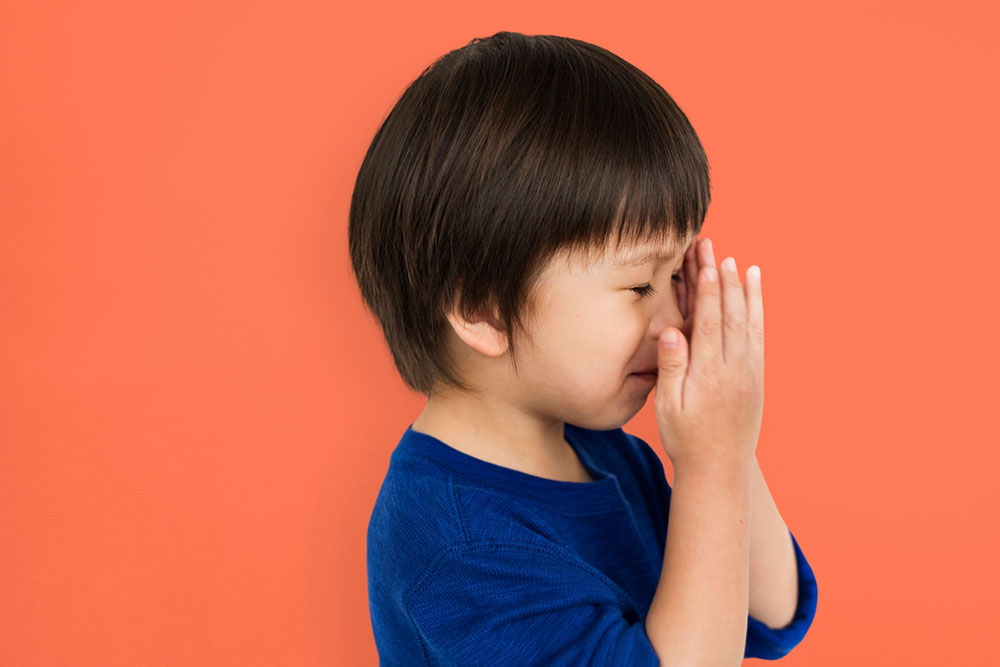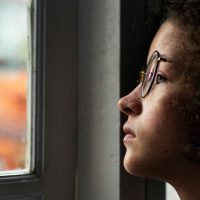Anxiety Symptoms In Children
Published on September 16th, 2021
Updated on January 2nd, 2024

Anxiety is a condition that affects so many people, but we most often hear about how anxiety affects adults. It makes sense because by adulthood we have learned a bit about what anxiety is and how it feels. As adults, we learn how to identify our anxiety. We have also learned skills to cope with anxious feelings to manage the discomfort.
While we often hear about anxiety in adulthood, the feeling can affect children as well. Anxiety affects many children, but sometimes it can go unnoticed or misunderstood.
Anxiety can affect children, but signs of anxious feelings can look different in children than in adults. For children, learning how to be aware of and express how they feel is a process.
Sponsored by

Choose a therapist to work with and start healing with 20% off from BetterHelp.
Click HereAnger, sadness, happiness, fear, and surprise are basic emotions that can be easy for a child to grasp. Anxiety, dread, nervousness, and uneasiness may not be so easy for a child to identify, express, or understand. Because of this, children who are struggling with anxiety may be misunderstood. Their anxiety may be considered to be something different. Anxious kids are often misunderstood to be:
- Angry
- Irritable
- Sad
- Shy
- Sensitive
- Distractible
- Bored
- Unruly
- Rude
- Disinterested
Each of these can be detrimental to the child’s overall mental health and self-image. Without being able to properly identify anxiety in a child, they are left feeling isolated, misunderstood, and burdensome. If a child’s anxiety is identified as anxiety, the child can learn coping mechanisms that can help them grow and develop a healthy sense of identity and self-esteem. They can also learn methods of coping with their anxious feelings and communicating how they are feeling and what they need.
Being able to identify anxiety in a child is an important part of meeting that child’s needs. To learn how to identify anxiety in a child, learn the symptoms and warning signs of anxiety that they may show. Symptoms of anxiety in a child may appear to be different than anxiety in an adult, but the experience can be similar. Learning what to look out for when you suspect a child may be struggling with anxiety can help that child feel validated and empowered. It can also help them get the professional help they need.

Symptoms Of Anxiety In Children
Symptoms may look different depending on the child. A child can be anxious for different reasons. Symptoms of anxiety may also manifest in some places and situations, but be absent in others. This is why it is important to not only pay close attention to your child’s behaviors but also to understand that the anxiety may depend on the people, places, and things that they are interacting with. The anxious feelings may be based on the setting the child is in, the people the child is expected to interact with, or the situation itself.
The following are symptoms and behaviors to look out for when you suspect your child may be struggling with anxiety, or if they are behaving in a way that is concerning to you:
General Symptoms
- Excessive worry or upset when making mistakes
- Recurring stomachaches, dizzy spells, or headaches
- Sleep issues or bedwetting
- Changes in appetite
- Distress or discomfort when separated from parents, siblings, or family members
- Crying spells or tantrums
- Outbursts of anger or irritability
- Specific or irrational fears, such as fear of the dark, loud noises, intense storms, etc.
- Avoidance behaviors
- Tantrums or acting out when a routine is interrupted
Symptoms Associated With School
- An intense need to complete tasks, homework, or assignments perfectly
- Showing signs of stress before tests and quizzes at school
- Struggles with school performance
- Poor test scores despite doing well on homework and class assignments
- Difficulty focusing in school
- Attempts to get out of having to go to school or daycare
Symptoms Associated With Social Situations
- Nervousness or shyness in social situations
- “Wallflower” behaviors or struggles with joining groups of kids during playtime
- Refusal to attend playdates, birthday parties, or other activities with peers
- Difficulty engaging in conversation with others
- Inability or refusal to talk in some social situations but not others
Anxiety in children rarely ever looks like run-of-the-mill anxiety. It often looks like something different. A child may present themselves as angry, stubborn, disengaged, or even rude, when in fact they are reacting to their discomfort that is caused by their anxiety. Because of this, it is important to be patient with a child that exhibits the following symptoms. Children with anxiety are not trying to be difficult, they are struggling with how they are feeling. Proper coping skills, patience, and guidance from parents and teachers are what children with anxiety need most.
Sponsored by

Find an affordable therapist online with 20% off from BetterHelp.
Click Here






Leave A Reply